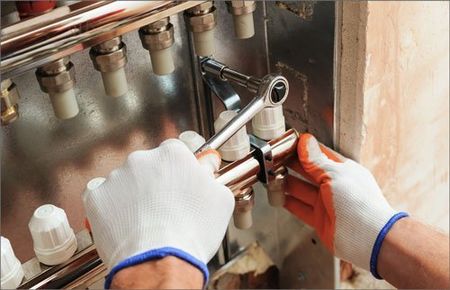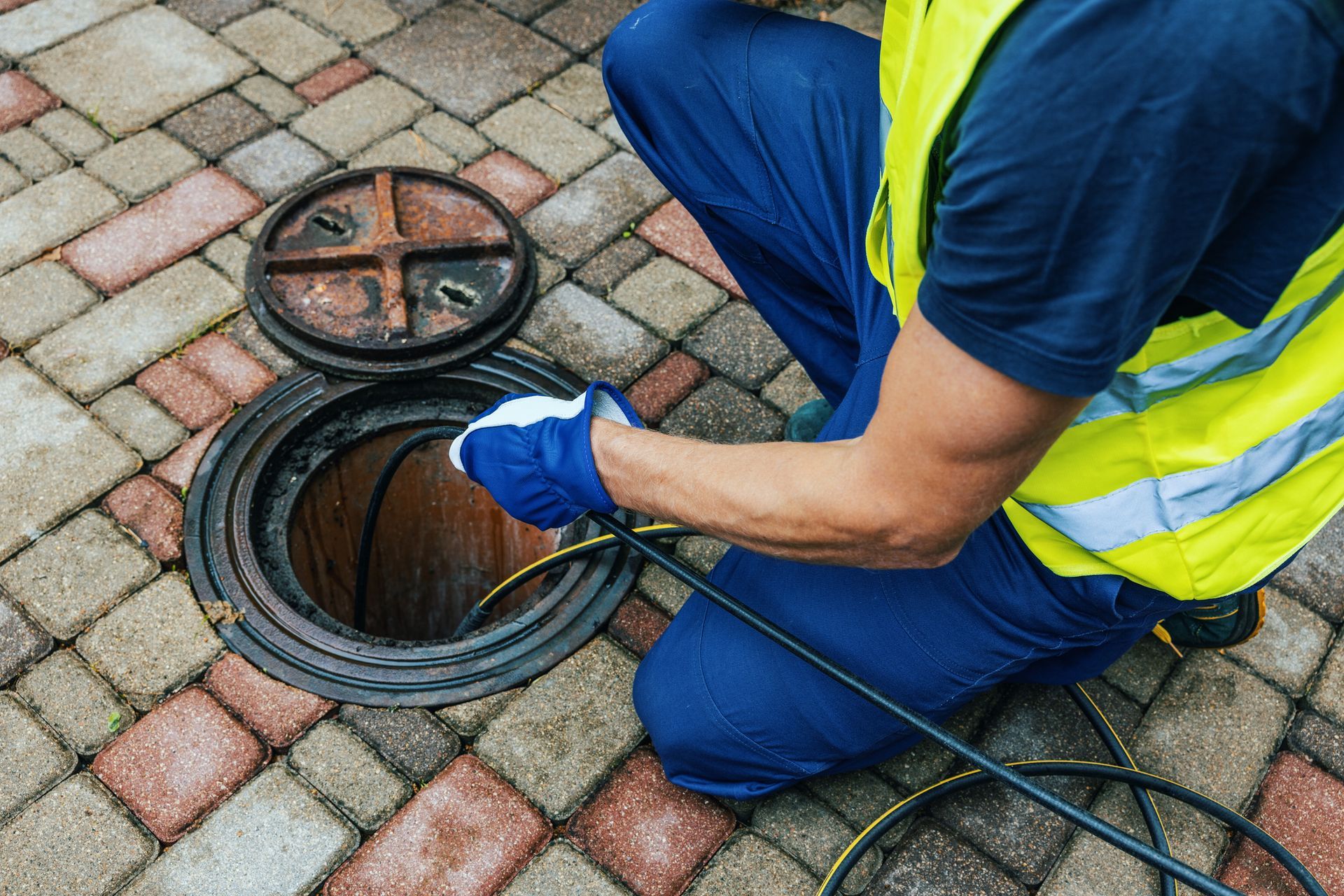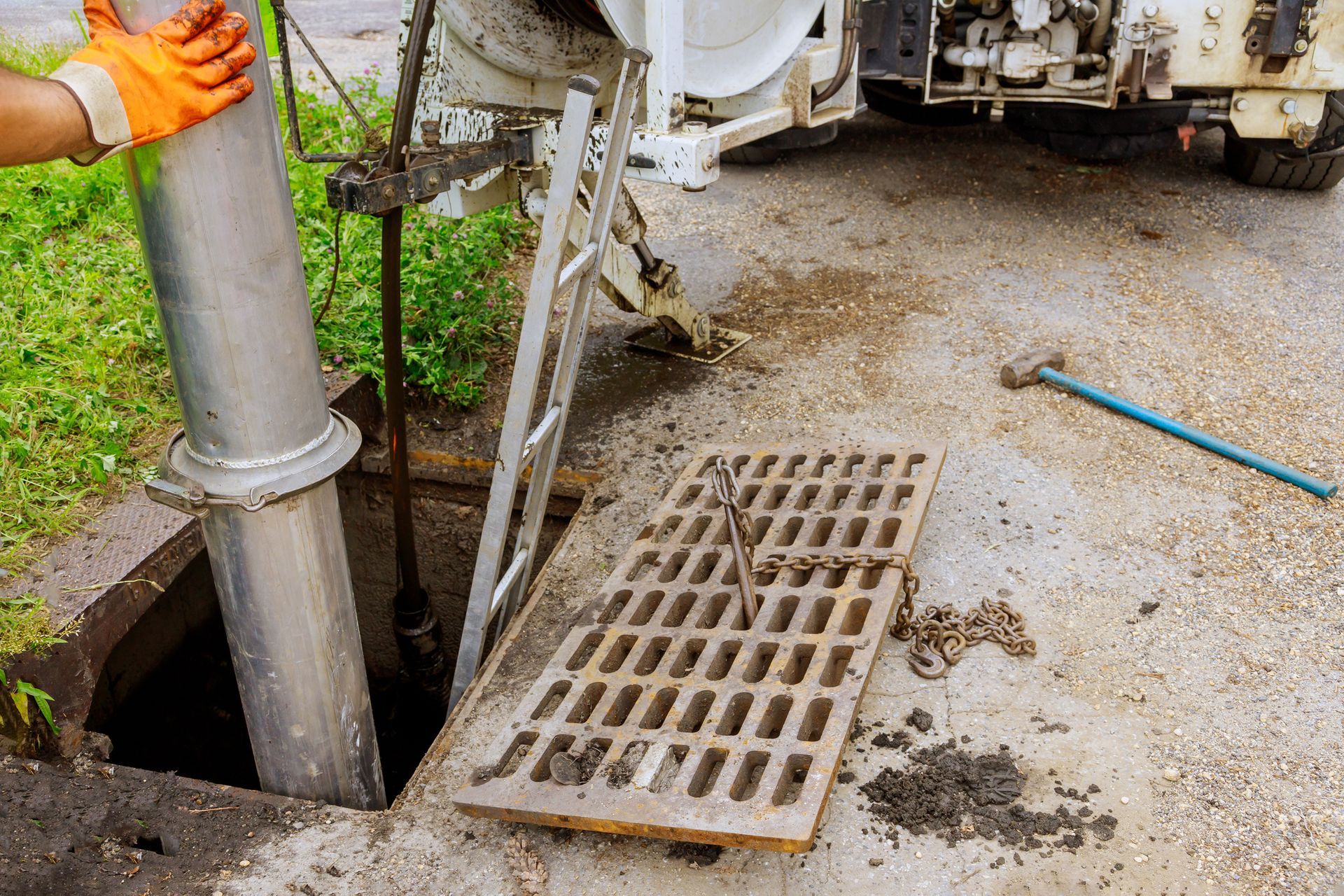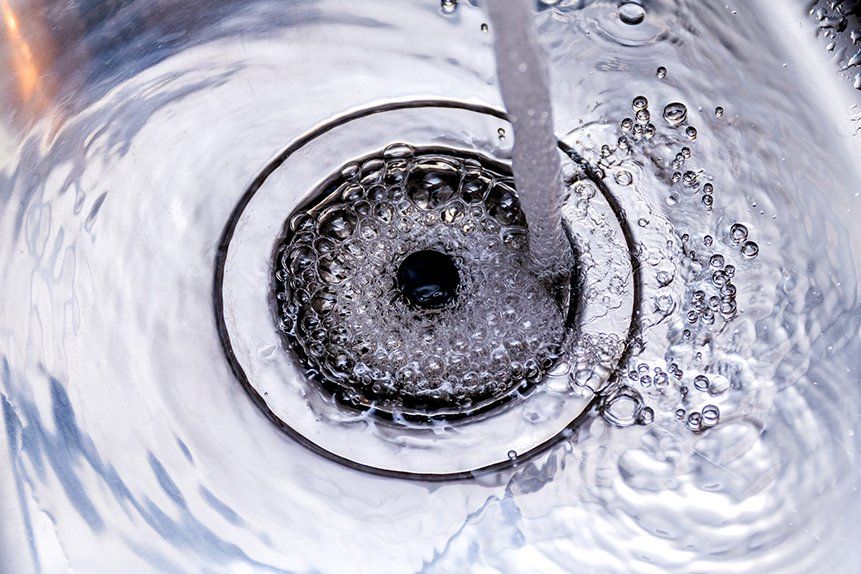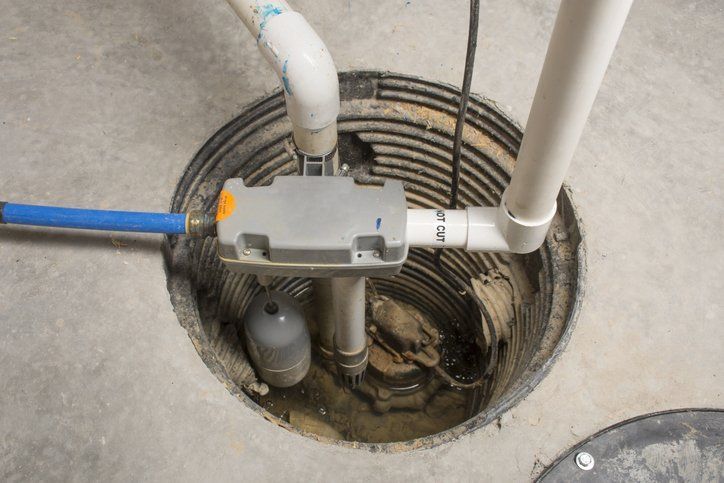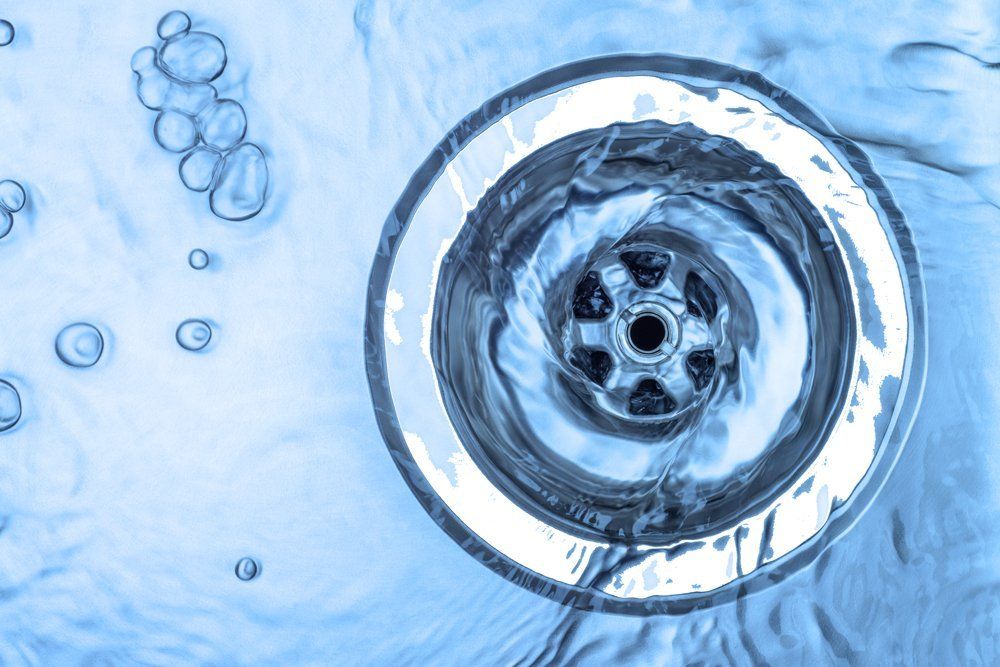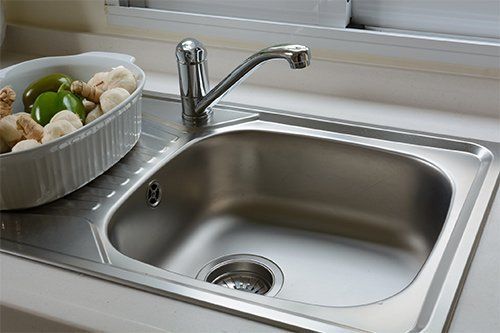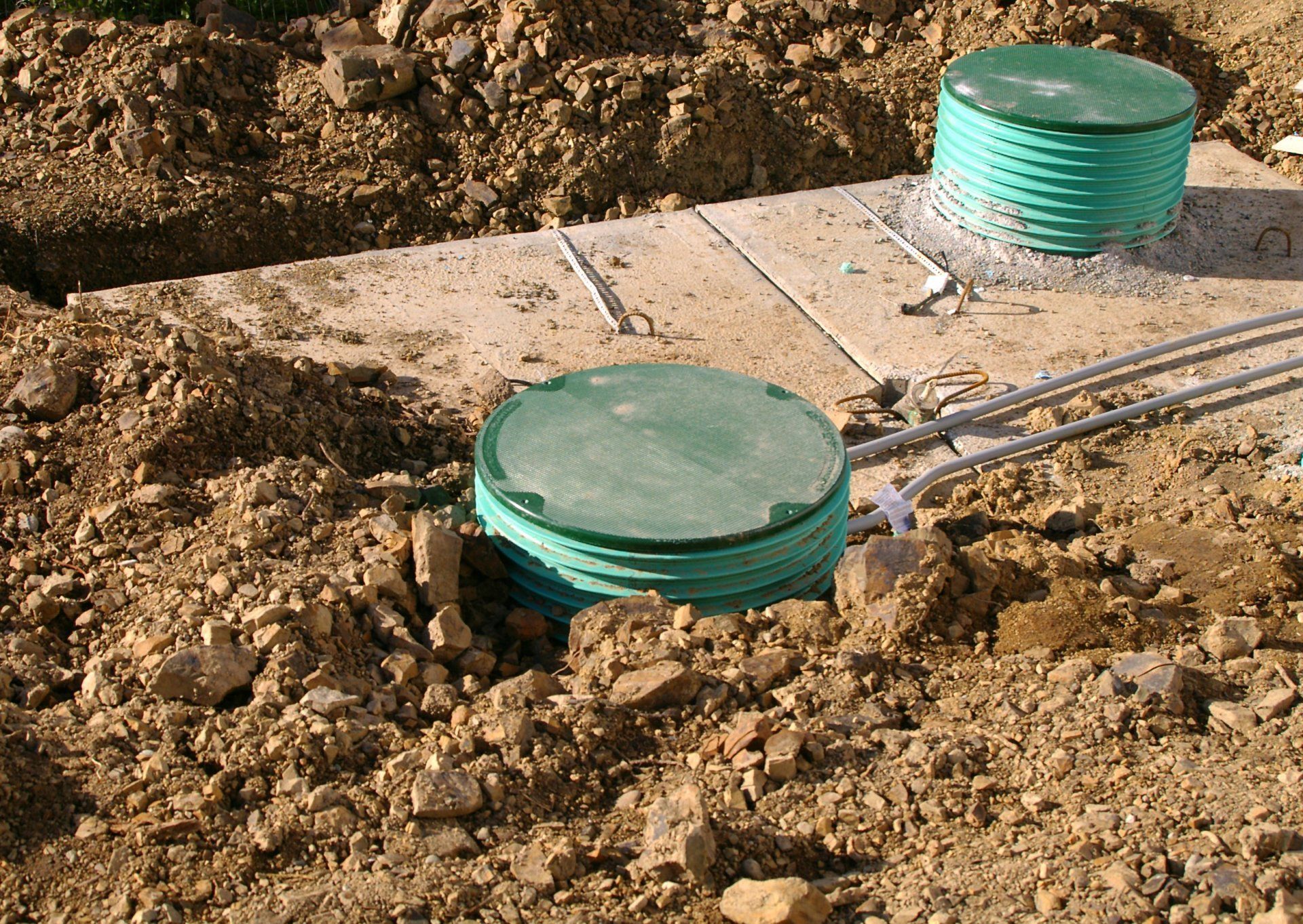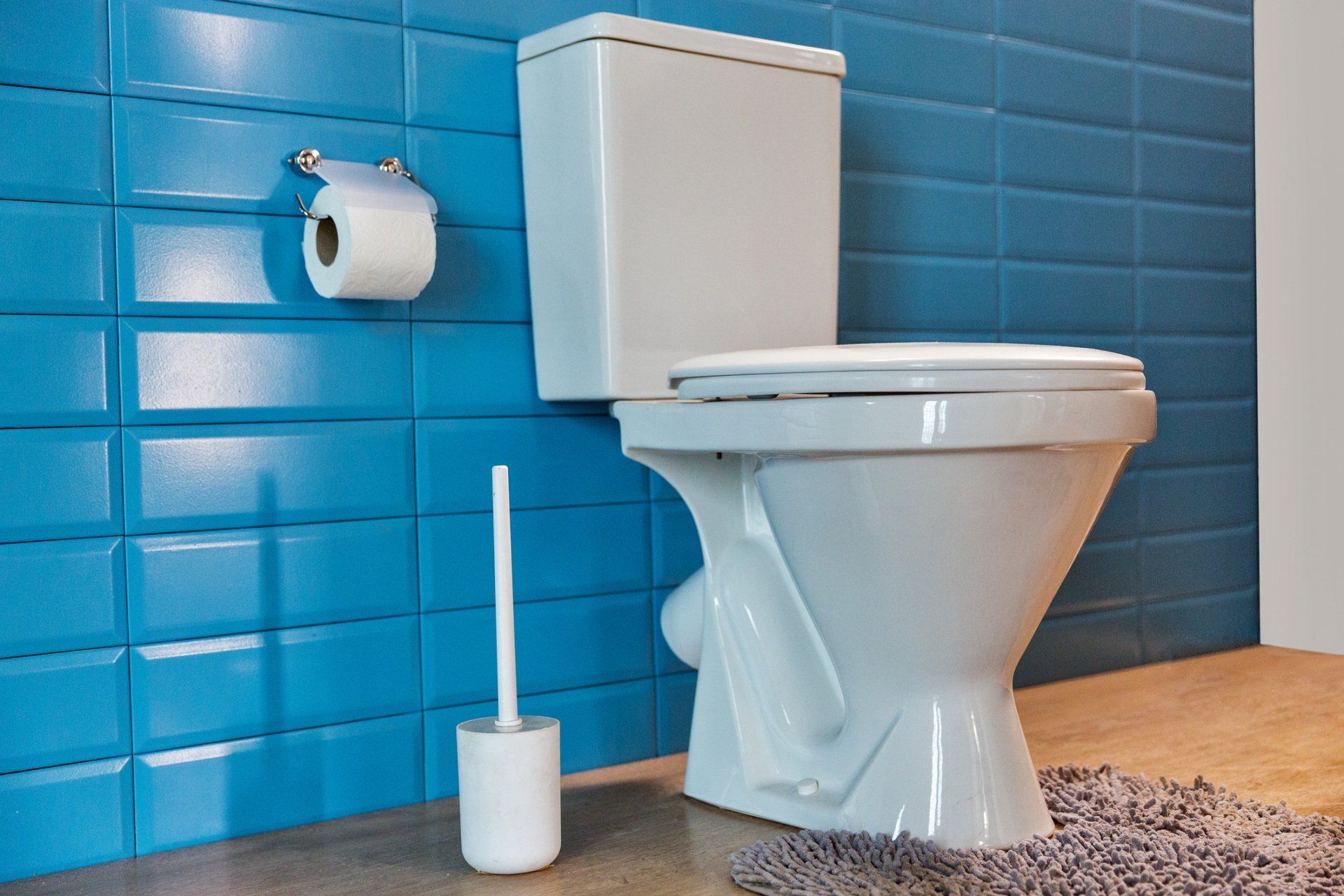Blog Layout
3 Things You Should Know About Your Home's Plumbing
June 20, 2018
Owning a home is challenging at times, especially since you need to do so many tasks to clean and maintain it.
Owning a home is challenging at times, especially since you need to do so many tasks to clean and maintain it. Some of these tasks may seem like priorities while others are forgotten, resulting in serious issues that can affect your home in a permanent manner.
Without proper understanding and maintenance, simple plumbing mistakes can be physically, emotionally, and financially overwhelming. This guide lists a few things you should know about your home's plumbing system.
1. YOUR PIPES NEED TO BE INSULATED
You probably already understand why insulation is needed in your home. Insulation is used in the walls, ceiling, and floors of your home to protect you from the changing temperatures outside. Insulation is also important for heating and cooling and keeps your home energy efficient. While surprising for most homeowners to learn, your pipes and water spigots may need to be insulated, too.
When temperatures begin to drop outside, your pipes are at risk of expanding and bursting. In most cases, this risk is highest when temperatures are around 20 degrees F.
A burst pipe can lead to extensive water damage in or around your home. A burst pipe can also leave you and your family without water until repairs are made. Thankfully, insulating your pipes is an inexpensive way to protect your pipes and prevent severe water damage.
2. YOUR DISCOLORED TAP WATER MAY OR MAY NOT BE NORMAL
Water is essential for your family's health and wellness, but you should proceed with caution if you notice your tap water is discolored or filled with sediment.
Many homeowners will see discoloration in their water because of iron and manganese, which are natural minerals. Over time, these minerals will build up and move into the water source directly. The sight of this discoloration is unappealing, but it may still be safe to drink. However, you should test the water to ensure the discoloration is, in fact, due to iron or manganese.
You can conduct a simple test on your own by running the cold water for 5 minutes. If the water clears after the 5-minute period, it is most likely safe to drink. If the water does not clear, then you should call an expert and have the water tested for health hazards, such as asbestos.
3. CHEMICAL DRAIN CLEANERS MIGHT BE DOING MORE HARM THAN GOOD
Your drains receive a great deal of use. From rinsing off dishes and cookware to washing hands after doing yard work, the amount of food, bacteria, and debris that goes down your drains can be overwhelming.
Because of this ongoing use, clogs are likely to develop inside the drains. You may assume pouring chemical cleaning solutions down each of your drains is one of the easiest ways to prevent clogs, but these products may actually do more harm than good.
Many drain cleaners contain toxic chemicals, such as sulphuric acid or sodium hydroxide. If these chemicals contact your eyes, then the drain cleaning solution can irritate your skin and eyes. Also, the chemicals can lead to serious injury if ingested.
In addition, a dangerous chemical reaction can occur if the drain cleaner is mixed with another chemical or cleaning solution inside the drain. Finally, the toxic chemicals can be too harsh on your plumbing and septic system, increasing the risk of corrosion, rust, and underlying water leaks.
If you are concerned about buildup inside your drains, then it is best to consult professionals who are familiar with safe and effective drain cleaning practices.
Your home's plumbing and septic system experience a great deal of stress, but help is available. For more information on maintaining your home's plumbing, contact Roto-Rooter today.
Hours Of Operation
- Mon - Sat
- -
- Sunday
- Closed
Content, including images, displayed on this website is protected by copyright laws. Downloading, republication, retransmission or reproduction of content on this website is strictly prohibited. Terms of Use
| Privacy Policy

